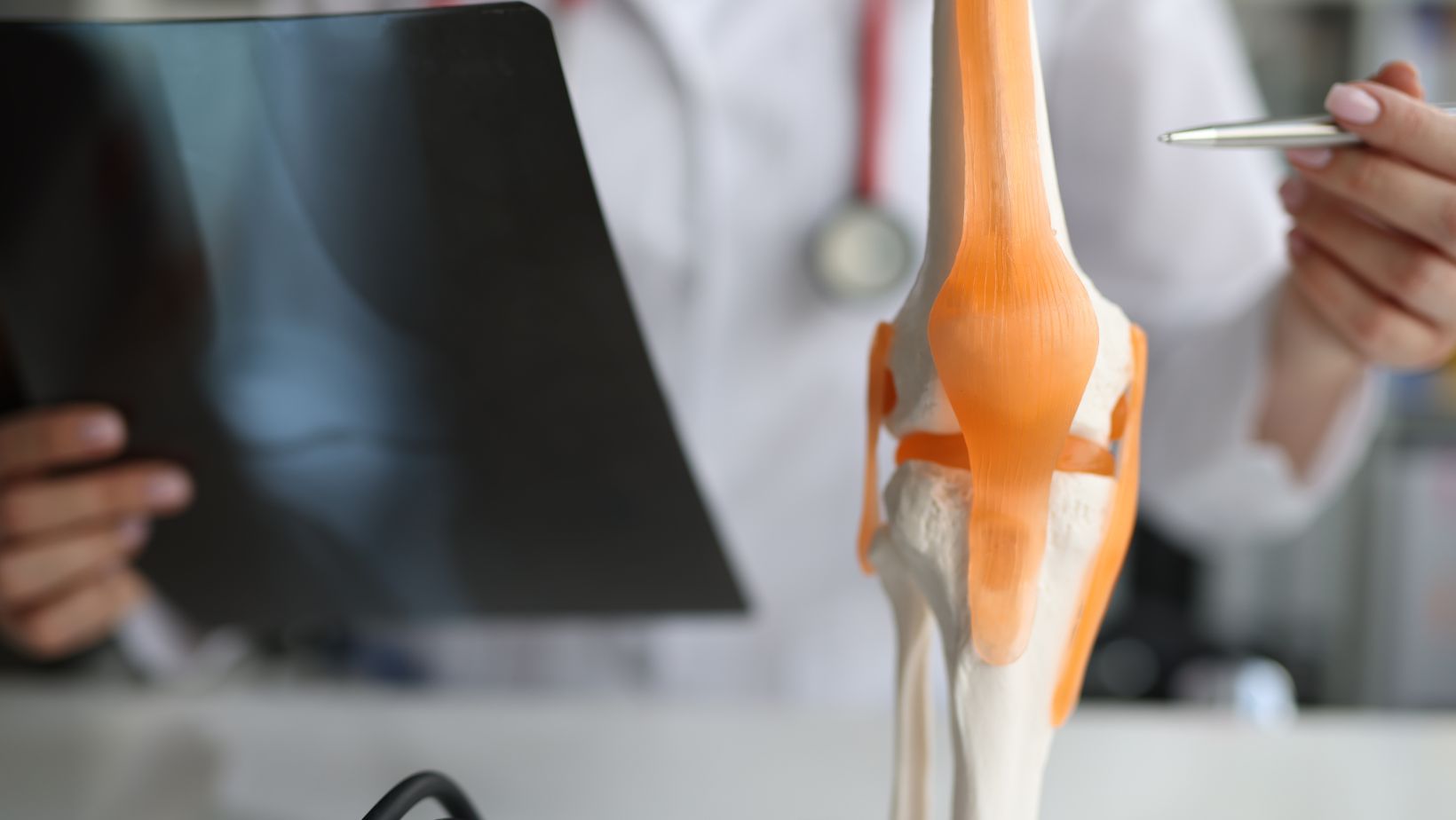
July 14, 2023
Postoperative Joint Replacements
Postoperative joint replacements refer to the period following a surgical procedure where a damaged joint is replaced with an artificial implant. This type of surgery is commonly performed in cases of severe joint arthritis or other conditions that significantly impair joint function. Key considerations during the postoperative phase of joint replacement include: Pain Management: Managing […]
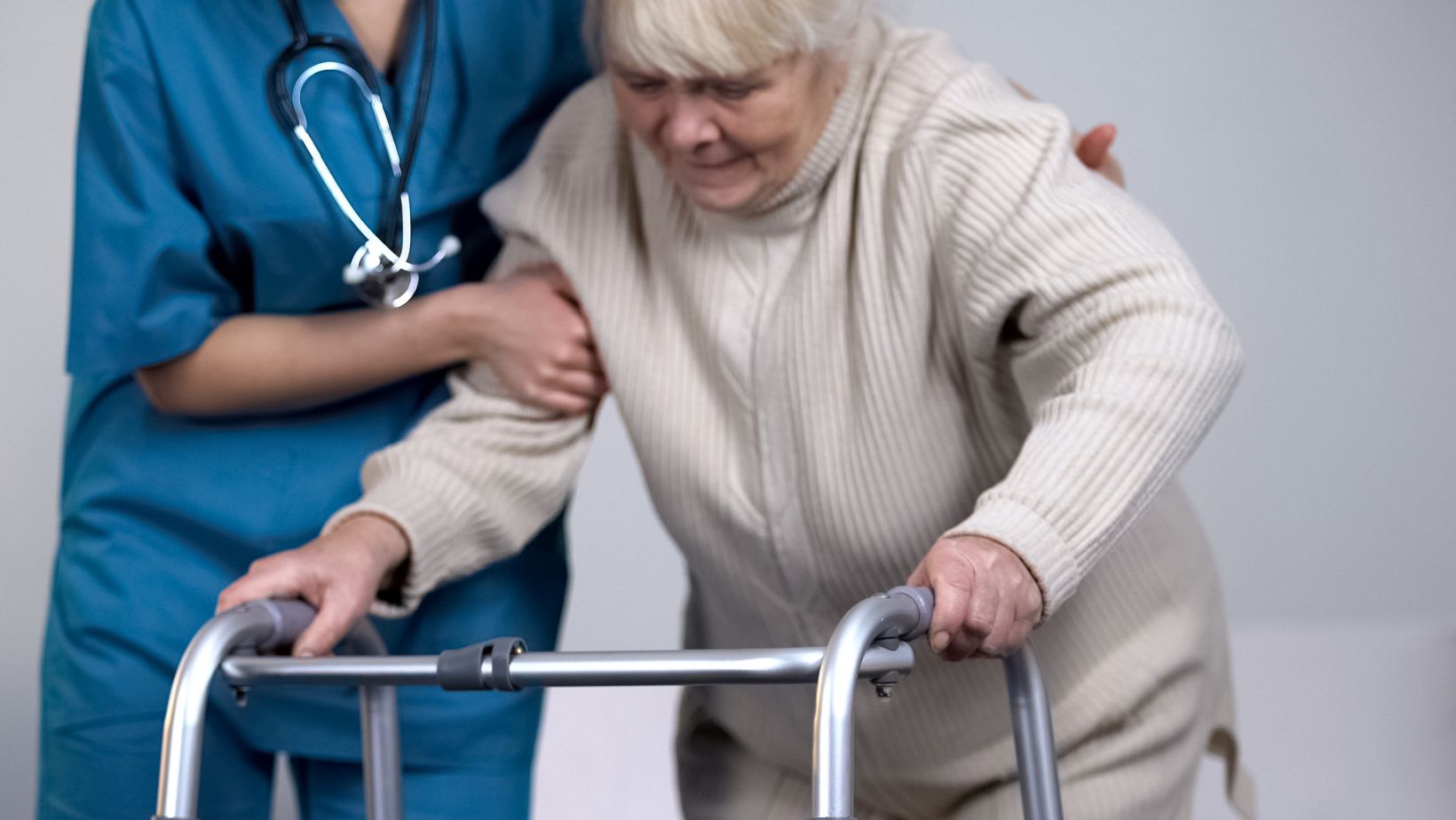
July 14, 2023
Post-Operative Cases
Post-operative care is a crucial aspect of the overall treatment process, focusing on promoting healing, managing pain, and restoring functionality after surgery for individuals who have undergone surgical procedures and are in the phase of recovery following their surgery. During the post-operative period, patients may receive specialized care tailored to the type of surgery they […]
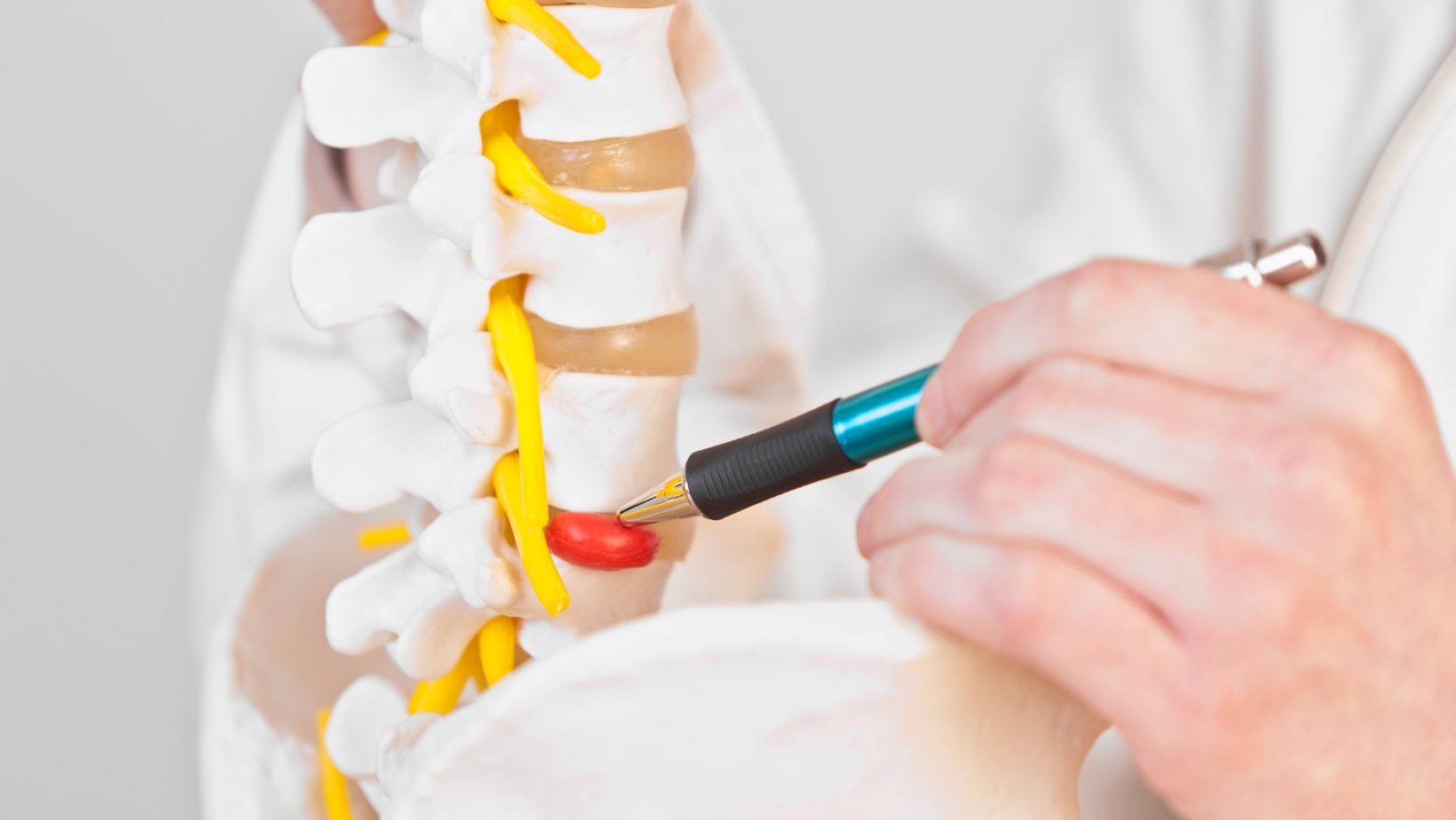
July 11, 2023
Herniated Discs or Disc Bulges
A herniated disc, also known as a disc bulge, occurs when there is a problem with one of the rubbery cushions, known as discs, situated between the vertebrae, the bones that stack to form the spine. These discs act as shock absorbers, providing flexibility and cushioning to the spine. When a disc herniates, it means […]

July 11, 2023
Sprained Ligaments
The knee joint is supported by four major ligaments, which are crucial for providing stability and strength to the joint. Ligaments are elastic bands of connective tissue that link bones together. In the case of the knee, these ligaments play a pivotal role in connecting the femur (thighbone) to the tibia (shin bone). The four […]
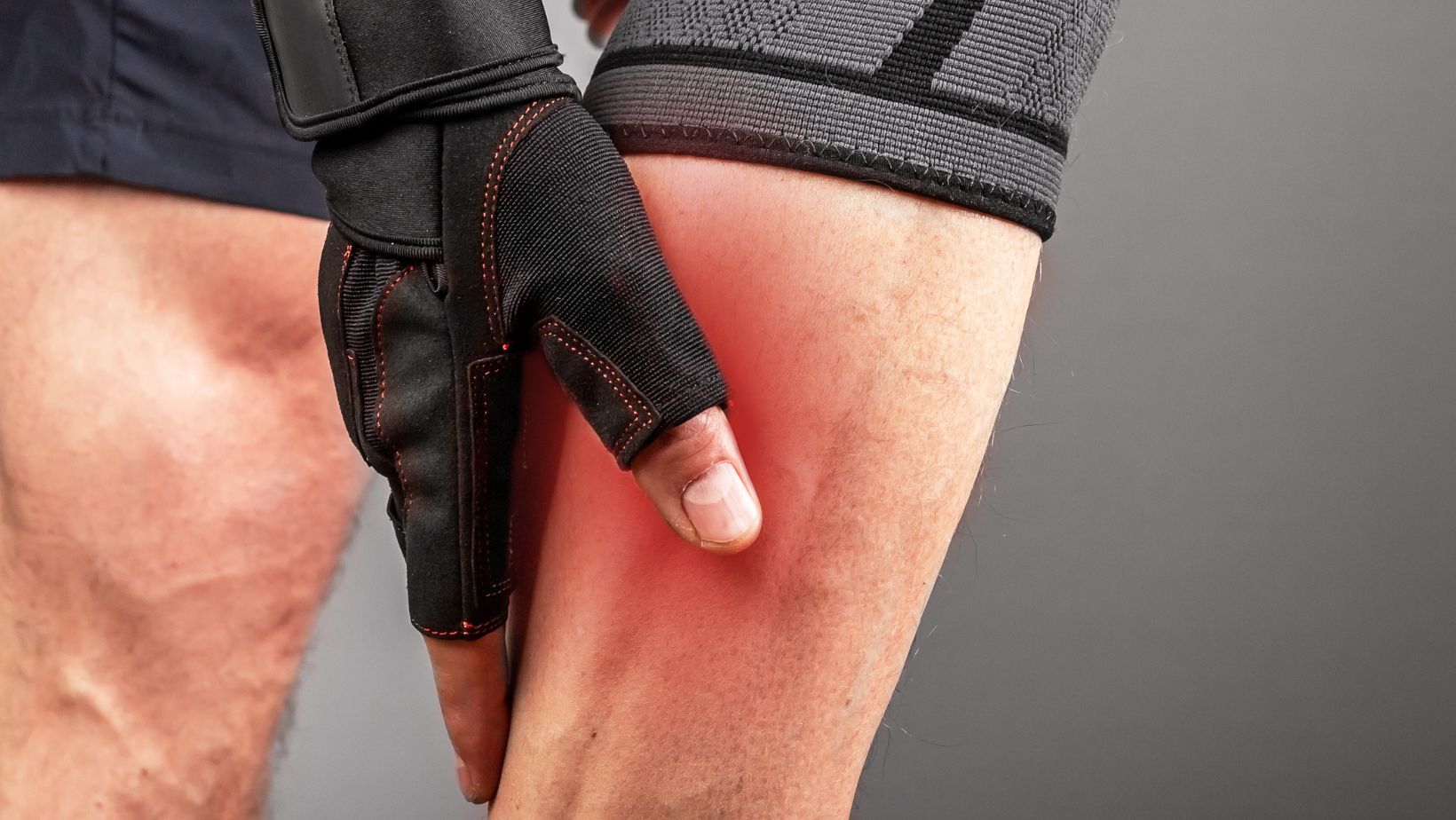
July 11, 2023
Muscle Spasms
A muscle spasm, often colloquially known as a charley horse or muscle cramp, is the involuntary and forceful contraction of a muscle. This phenomenon most commonly occurs in the thighs, calves, feet, hands, and arms, with potential manifestations in the abdomen or along the rib cage as well. While muscle spasms are generally harmless, they […]

July 11, 2023
Strained Muscles
Muscles play a pivotal role in facilitating all movements of the body. A muscle strain, colloquially referred to as a “pulled” or “torn” muscle, occurs when the muscle experiences an injury that results in tearing or ripping. Typically unpredictable, a muscle tear occurs when the muscle is subjected to rapid stretching, often during activities such […]
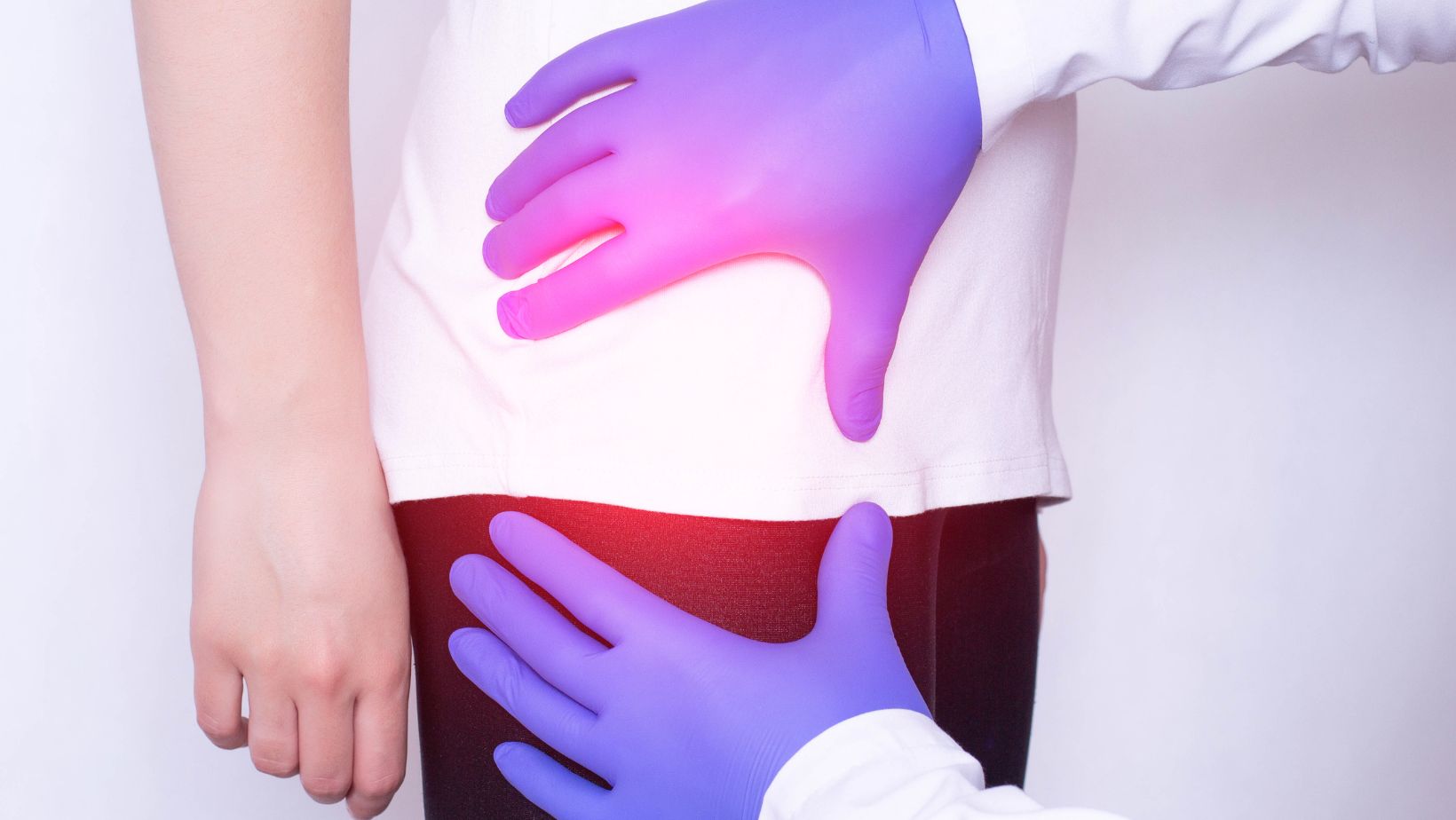
July 11, 2023
Bursitis
Bursitis is characterized by inflammation of a bursa, a closed and fluid-filled sac that serves as a cushion and gliding surface, reducing friction between various tissues in the body. The major bursae (plural of bursa) are strategically positioned adjacent to tendons near significant joints, including the shoulders, elbows, hips, and knees. The primary function of […]
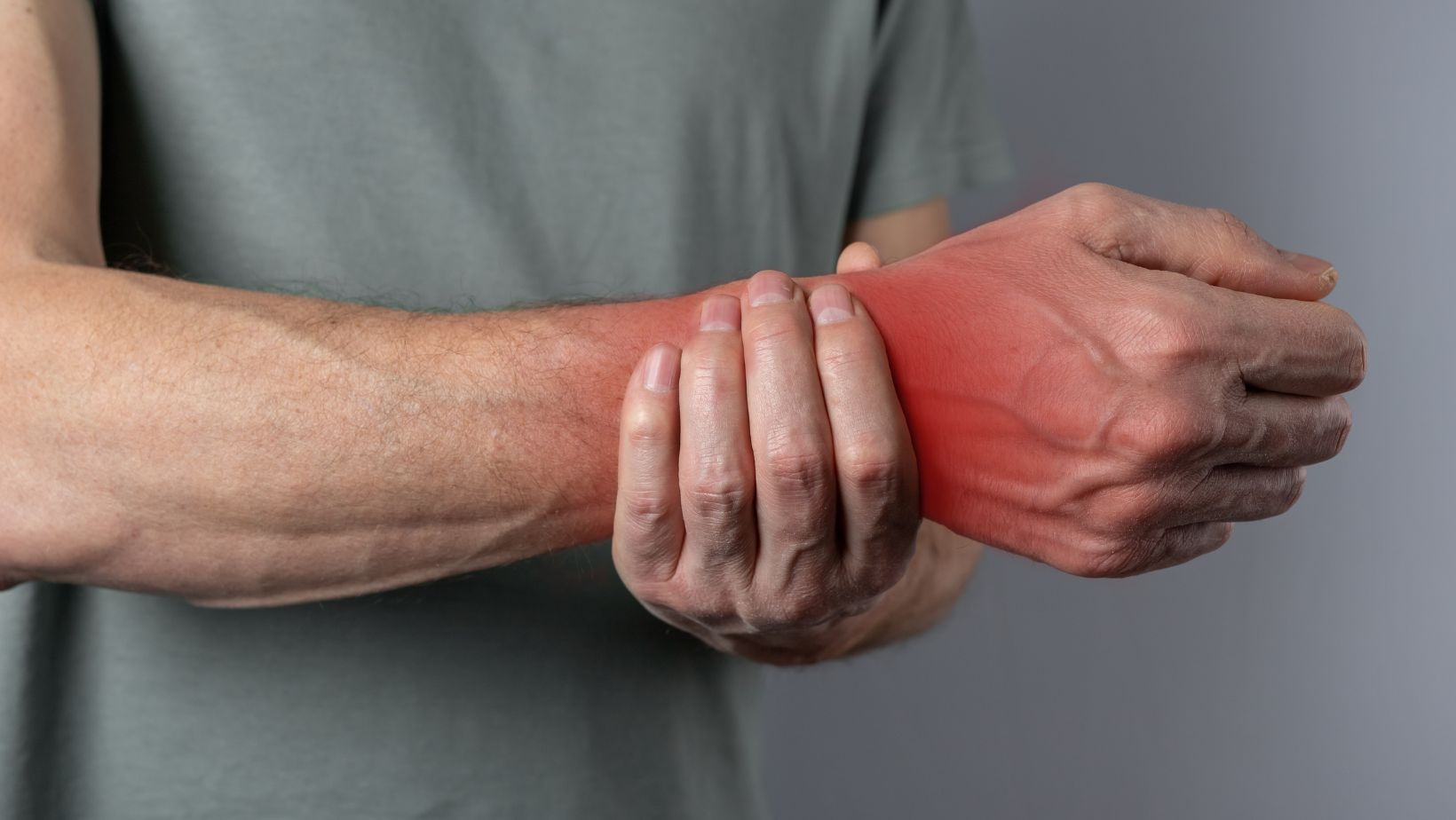
July 11, 2023
Tendonitis
Tendons play a crucial role in the musculoskeletal system, acting as robust cords of tissue that connect muscles to bones. When a tendon becomes inflamed, the condition is known as tendonitis. This inflammatory response can affect any tendon in the body, leading to symptoms such as swelling, pain, and discomfort. Tendonitis arises when the normal […]
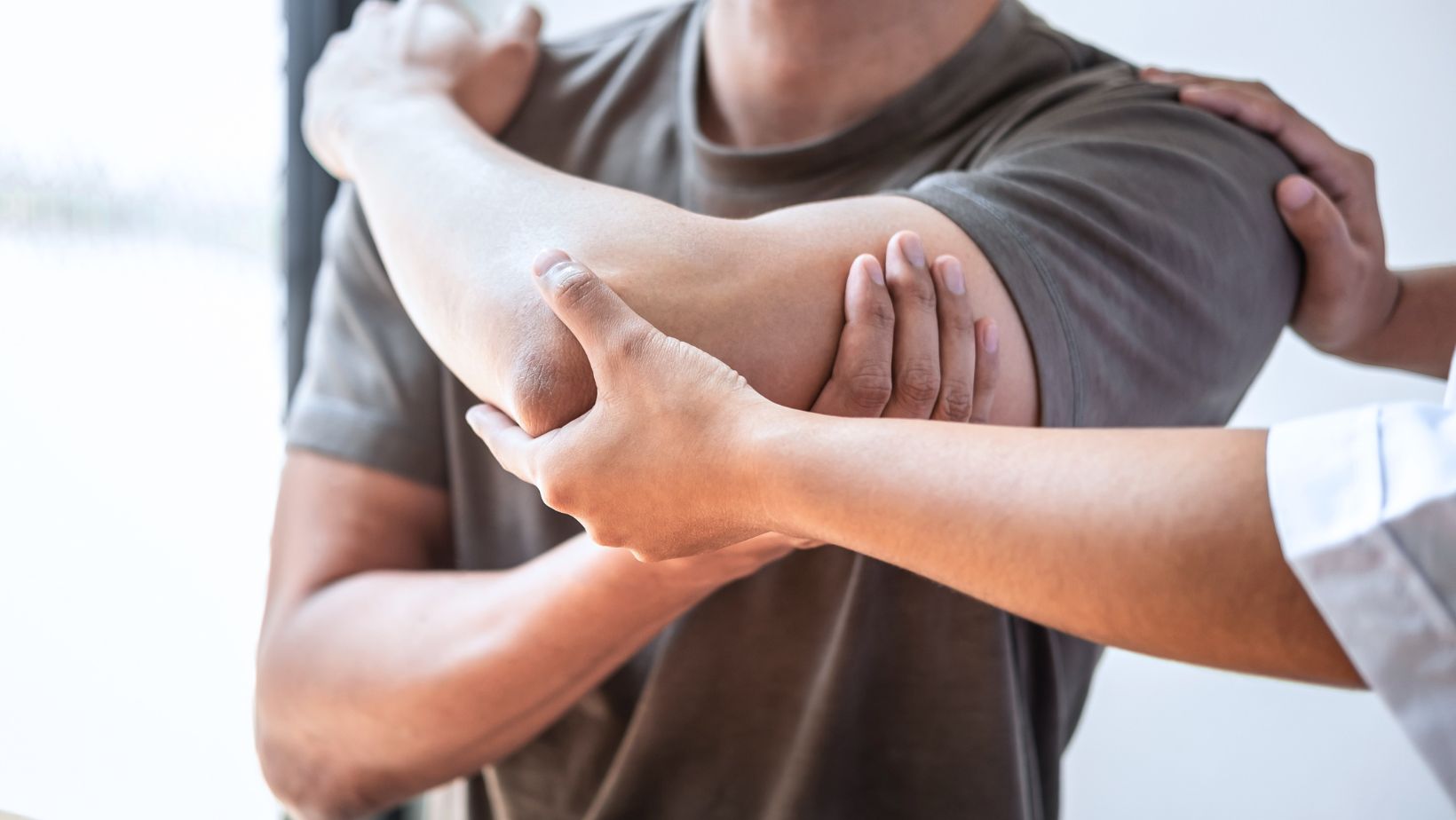
July 11, 2023
Adhesive Capsulitis
Frozen shoulder, also known as adhesive capsulitis, is a condition characterized by the gradual loss of movement in the shoulder joint, specifically the glenohumeral joint. The glenohumeral joint is formed by the ball-shaped humeral head and the socket-like glenoid, making it one of the most mobile joints in the body. In cases of frozen […]

July 11, 2023
Rotator Cuff Injuries
A rotator cuff injury refers to damage or irritation to the muscles and tendons that make up the rotator cuff, a crucial component of the shoulder. This anatomical structure comprises a group of four muscles and their respective tendons, forming a cuff-like structure around the shoulder joint. The primary function of the rotator cuff is […]
